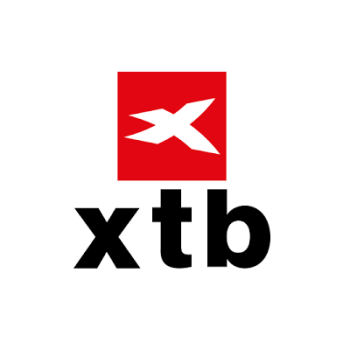Understanding Contract for Difference (CFDs)
Contract for Difference (CFD) is a financial instrument that has gained widespread popularity in the world of trading and investing. It offers a flexible way for individuals to speculate on the price movements of various financial assets without owning the underlying asset. In this guide, we will explore everything there is to know about CFDs, from their definition and mechanics to their advantages and risks.
What are CFDs and how do they work?
CFDs are derivative products that allow traders to speculate on the price movements of various financial instruments, such as stocks, indices, commodities, and currencies, without actually owning the assets. Instead, traders enter into a contract with a broker, agreeing to exchange the difference in the asset's value from the time the contract is opened to when it is closed.
When a trader opens a CFD position, they choose whether to go long (buy) or go short (sell) based on their prediction of the asset's future price movement. The profit or loss is determined by the difference between the entry and exit prices. Leverage is commonly used in CFD trading, allowing traders to control larger positions with a smaller amount of capital.
XTB is one of the world's leading CFD brokers. They offer a wide range of CFDs on various assets, including Stocks such as Apple, Amazon, Tesla, etc. and ETFs: Exchange-Traded Funds CFDs.

Key Features of CFDs
Leverage: CFDs are traded on margin, allowing traders to gain exposure to a larger position size with a smaller initial investment. While leverage can amplify profits, it also increases the potential for losses.
Short Selling: Unlike traditional investing, CFDs allow traders to profit from falling prices by selling assets they don't own (short selling).
Diverse Asset Classes: CFDs offer access to a wide range of asset classes, including stocks, commodities, currencies, and indices, enabling traders to diversify their portfolios.
Flexibility: CFDs offer flexibility in terms of position size, allowing traders to open and close positions quickly and easily.
Risks Associated with CFD Trading
Leverage Risk: While leverage can amplify profits, it also magnifies losses, potentially leading to significant financial losses if the market moves against the trader.
Market Risk: CFD prices are directly linked to the prices of the underlying assets, making traders vulnerable to market volatility and unexpected price movements.
Counterparty Risk: CFD trading involves entering into a contract with a broker, exposing traders to the risk of default or insolvency of the broker.
Overnight Financing Costs: Holding CFD positions overnight incurs financing costs, which can erode profits over time.
Lack of Regulation: CFDs are not regulated in the same way as traditional financial instruments, leaving traders with less protection and recourse in case of disputes.
Strategies for CFD Trading
Traders can employ trend-following strategies to capitalise on established market trends, entering long positions in uptrends and short positions in downtrends. Range-bound markets present opportunities for range trading strategies, where traders buy at support levels and sell at resistance levels. Implementing robust risk management strategies, such as setting stop-loss orders and managing position sizes, is crucial to mitigating the inherent risks of CFD trading.
Traders can use fundamental analysis to assess the underlying value of assets and identify trading opportunities based on factors such as earnings reports, economic indicators, and geopolitical events.
Final Thoughts
Contract for Difference (CFD) trading is a versatile and accessible financial instrument that opens up opportunities for traders in diverse markets. However, the potential for significant gains comes with inherent risks. Understanding the mechanics of CFDs, implementing effective risk management strategies, and staying informed about market dynamics are essential for success in this dynamic and evolving trading landscape. As with any financial instrument, thorough research and a disciplined approach are key to navigating the world of CFDs successfully.
Top-Tier Trusted Brokers
The table below contains links to 3rd party websites of our top partners from whom we receive compensation at no additional cost to you.























